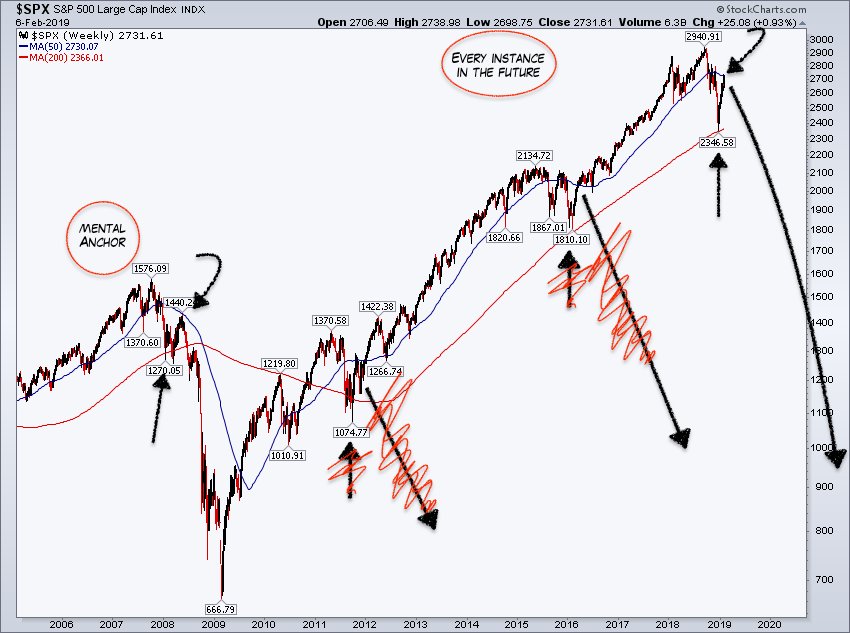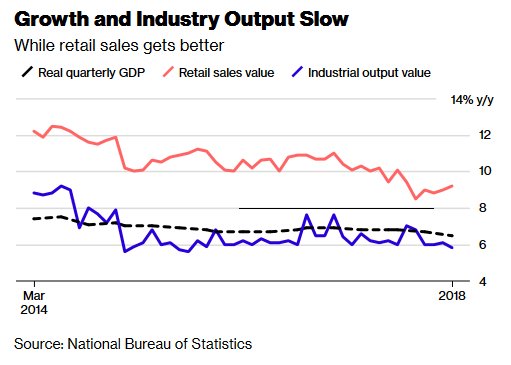Generally agree with the data in the report but have some different interpretations.
I'd be interested to hear of any others as well. We'd love to be collaborative.
We also publish all our data on kin.org/stats - would be good to get more validation.















